Technology & Innovation
Introduction
Cobalt acquires the highest quality exploration, appraisal, development and production data for targeted strategic needs and focus areas, particularly subsalt and pre-salt basins. We utilize offsite seismic data storage and software hosting services that deliver state-of-the-art subsurface interpretation and volume visualization capabilities anywhere in the world.
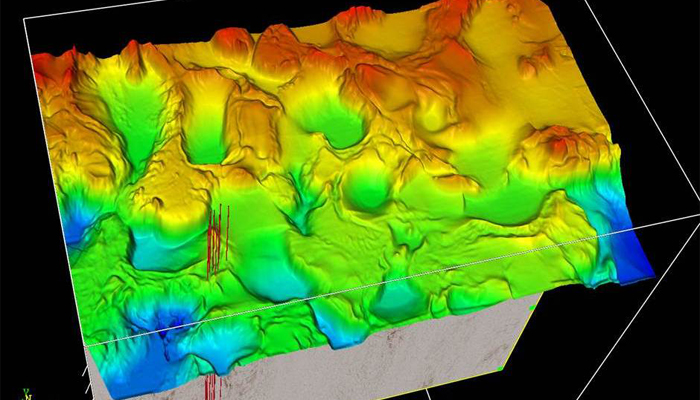
Cobalt's Seismic Assets
West Africa
- Approximately 6,950 square miles (18,000 square km) of 3-D seismic data
- Approximately 125,000 line miles (200,000 line km) of 2-D seismic data
Gulf of Mexico:
- Approximately 20.7 million acres (83,900 square km) of 3-D depth-migrated seismic data
- Approximately 5.5 million acres (22,100 square kilometers) of wide-azimuth 3-D depth data
- Proprietary reprocessing of approximately 4.9 million acres (19,900 square kilometers) of 3-D seismic data
- Approximately 115,000 line miles (185,000 km) of 2-D pre-stack depth-migrated seismic data
Subsalt & Pre-salt Exploration
Subsalt
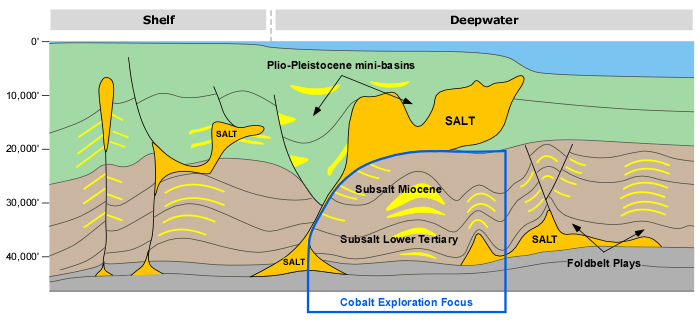
Subsalt exploration refers to the identification and discovery of oil accumulations below impermeable layers of salt that have deformed and moved vertically from their original position. These layers of salt and their position relative to the surrounding and underlying rocks is a principle control on hydrocarbon accumulations, especially in the Gulf of Mexico. For explorers to be successful they must have an advanced understanding of these complex systems and the capability to utilize advanced seismic imaging technologies.
Pre-salt
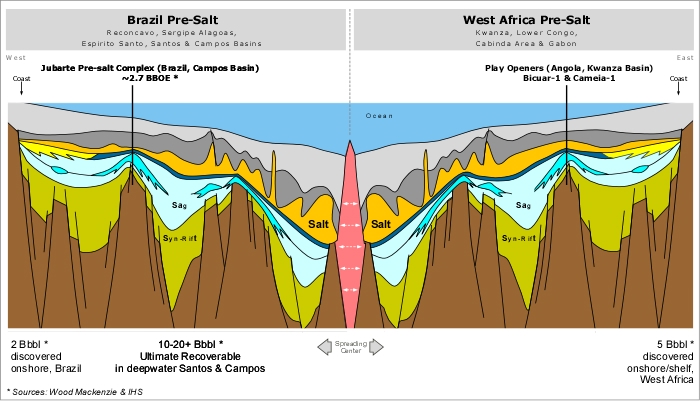 Pre-salt exploration refers to identification and discovery of oil accumulations trapped in formations that are beneath and older than the original in-place salt layer. In pre-salt areas, exploration is focused on potential reservoirs that were deposited prior to salt formation. Subsequent movement of the salt, while not directly controlling the petroleum geology, may have an impact on the seismic image of the pre-salt, which would require the use of advanced technologies.
Pre-salt exploration refers to identification and discovery of oil accumulations trapped in formations that are beneath and older than the original in-place salt layer. In pre-salt areas, exploration is focused on potential reservoirs that were deposited prior to salt formation. Subsequent movement of the salt, while not directly controlling the petroleum geology, may have an impact on the seismic image of the pre-salt, which would require the use of advanced technologies.
Advanced seismic imaging, integrated regional geologic interpretation and a focus on the fundamentals of petroleum geology are keys to success in subsalt and pre-salt exploration. With technical experts in all aspects of geophysics and geology, and deep experience in our focus basins, Cobalt’s explorers are successfully unraveling the challenges of these complex geologic environments.

Gulf of Mexico
Cobalt is focused on creating significant value in the subsalt basins of the Gulf of Mexico as many of our prospects mature. Our dominant position in the Inboard Lower Tertiary play will allow for huge optionality in our portfolio over the next couple of years.
West Africa
In West Africa’s pre-salt basins, we have uncovered robust hydrocarbon generation potential and exceptional reservoir systems, thanks to our state-of-the-art 3-D seismic imaging.
Deepwater Drilling
At Cobalt, we continuously develop our internal expertise in well design, drilling operations, reservoir characteristics and recovery optimization with unwavering attention to robust HSSE practices. We use this expertise to optimize project management. Cobalt’s strategy of focusing on two key basins, the subsalt Gulf of Mexico and the pre-salt offshore West Africa, has produced exceptional drilling success.
Our drilling teams have been assembled from seasoned technical experts, each with deepwater operations experience, combined with long-term partnerships with the best drilling and service company vendors. Cobalt’s drilling performance is best-in-class in the basins in which we operate. From its inception, Cobalt International Energy has placed a strong emphasis on working very closely with drilling contractors during construction of new-build rigs to assess risk, mitigate hazards, and ensure the safest solutions.
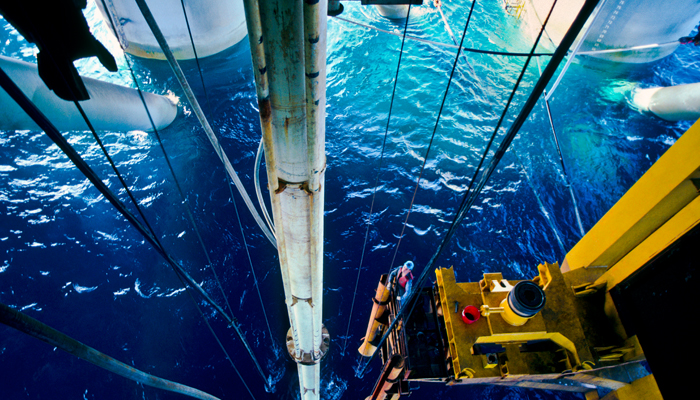
In the Gulf of Mexico, Cobalt, as operator, has safely drilled a number of deepwater wells, including the North Platte #4 ST01 well in Garden Banks Block 959, which was drilled to a total measured depth of 37,743 feet, making it the deepest well drilled in the deepwater Gulf of Mexico.
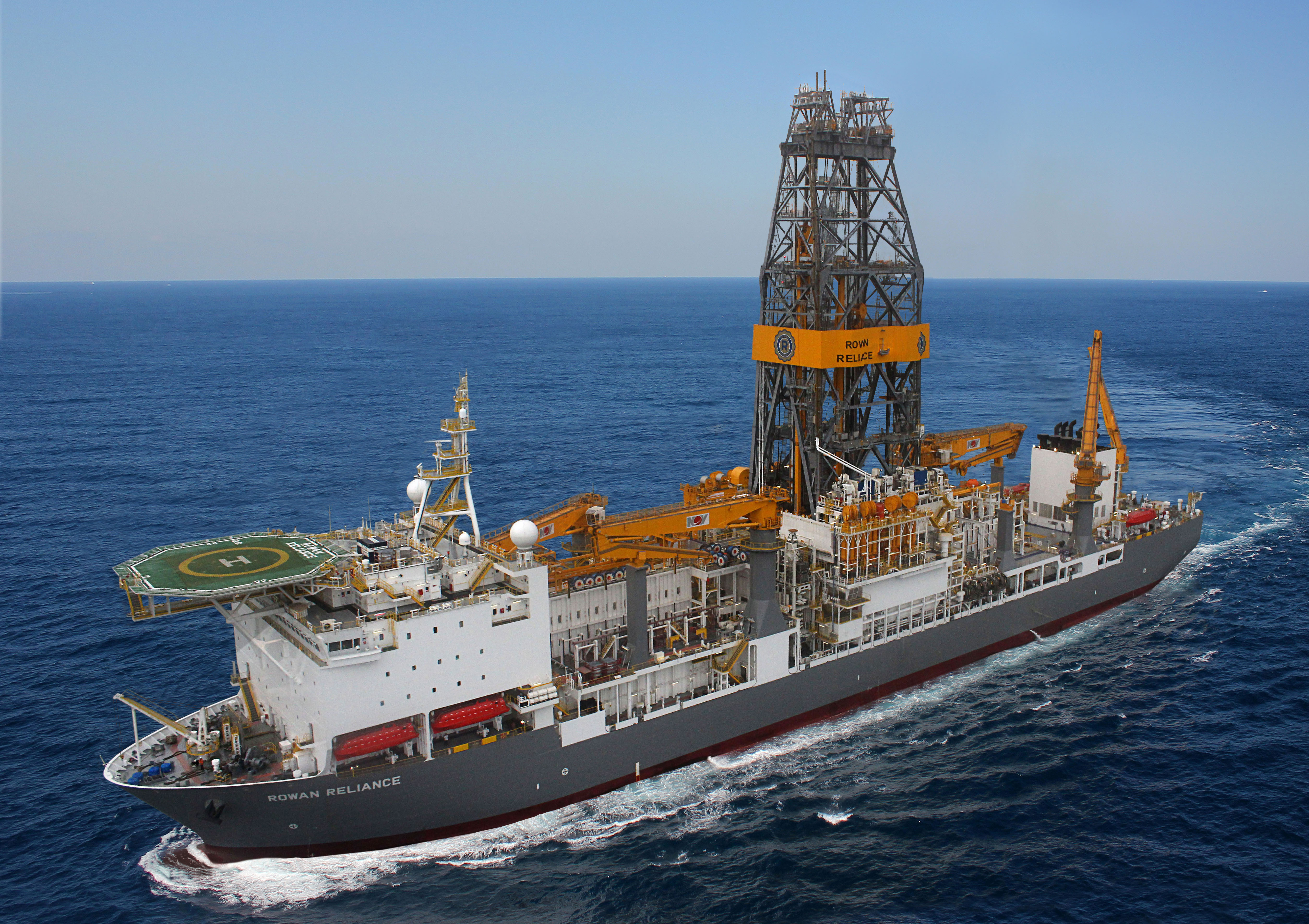
Since the inception of our drilling operations Cobalt has focused on a team approach to designing deepwater wells. We believe that our understanding of risks, objectives, and data collection is increased by forming multi-discipline teams of geologists, geophysicists, reservoir engineers, drilling engineers, subsea engineers, petrophysicists and safety and environmental professionals, along with the multiple technical specialists that are brought in whenever required.
Subsea Engineering
One of the most challenging areas of offshore oil production is in Subsea Engineering, where the deepwater environment presents unique installation and operational challenges, and where temperature, pressure and corrosion test the durability of submerged equipment and tools.
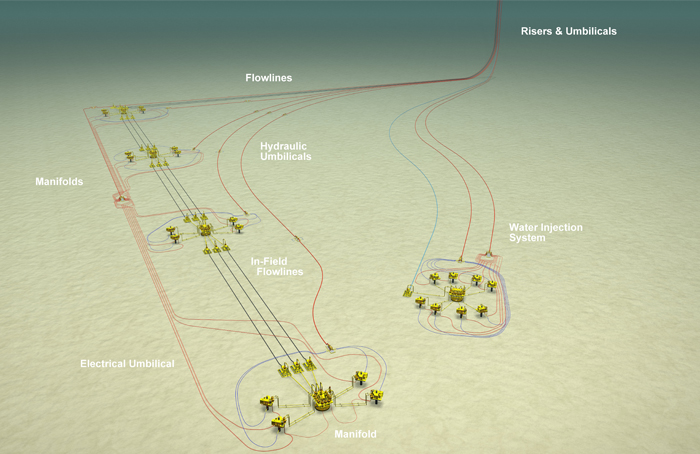
The Cobalt Engineering Team has extensive domestic and international experience in deepwater developments and operations that allows Cobalt to leverage our knowledge across global projects. Our goal is to minimize time from discovery to first production. This is accomplished by focusing on proven standard subsea building blocks that provide seafloor architecture flexibility to meet the operating criteria of Cobalt prospects even before drilling. Design cycles are further reduced through application of subsea equipment supplier’s standard components while minimizing preferential requirements to obtain economies of scale.
Cobalt will tie-back subsea production systems to third-party operated floating production systems under different types of commercial agreements, such as leasing. Subsea tie-back interfaces and owner-supplied equipment to operate subsea fields have been developed for various types of hull form. Although Cobalt does not plan to operate deepwater floating process plants, we will maintain stewardship of subsea operations that embraces robust flow assurance strategies.
